Catching a predator on a spinning rod is a fascinating and truly masculine occupation, although many beautiful ladies are not indifferent to this active hobby. On spinning fishing, various lures and rigging options are used, implying the use of all kinds of postings. Today we will understand the nuances of twitching fishing – a peculiar and highly effective technique suitable for catching predators, the most common in our waters.
Twitching is not the easiest technique to perform, so it is better to master it after gaining confidence in the simplest uniform wiring and jig “step”. Take the time to study this publication – in it we will present you with the theoretical foundations of twitching, show you how to properly equip the spinning rod, teach you how to choose the optimal place and time for fishing. At your disposal is the quintessence of invaluable practical experience of experienced spinning players, who have won more than one hundred enviable trophies!
Here is an overview of the content of this tutorial, feel free to jump to any section you care about:
For more fishing instructions, take a look at these popular Trizily links: Best Baitcasting Reels, Best Fishing Sunglasses.
- How To Choose A Spinning Reel (Complete Guide)
- How To Choose A Spinning Rod (Complete Guide)
- What Do You Need To Start Fishing (Complete Guide)
Benefits of twitching
Before us is a special technique of spinning fishing, involving jerking wiring. At the same time, the fisherman makes sharp movements with the blank and selects the slack in the line with the help of the reel, and the bait prowls from side to side, thereby seducing the predator. The amplitude and direction of the swing, as well as the duration of the pauses between jerks, can vary within a fairly wide range.
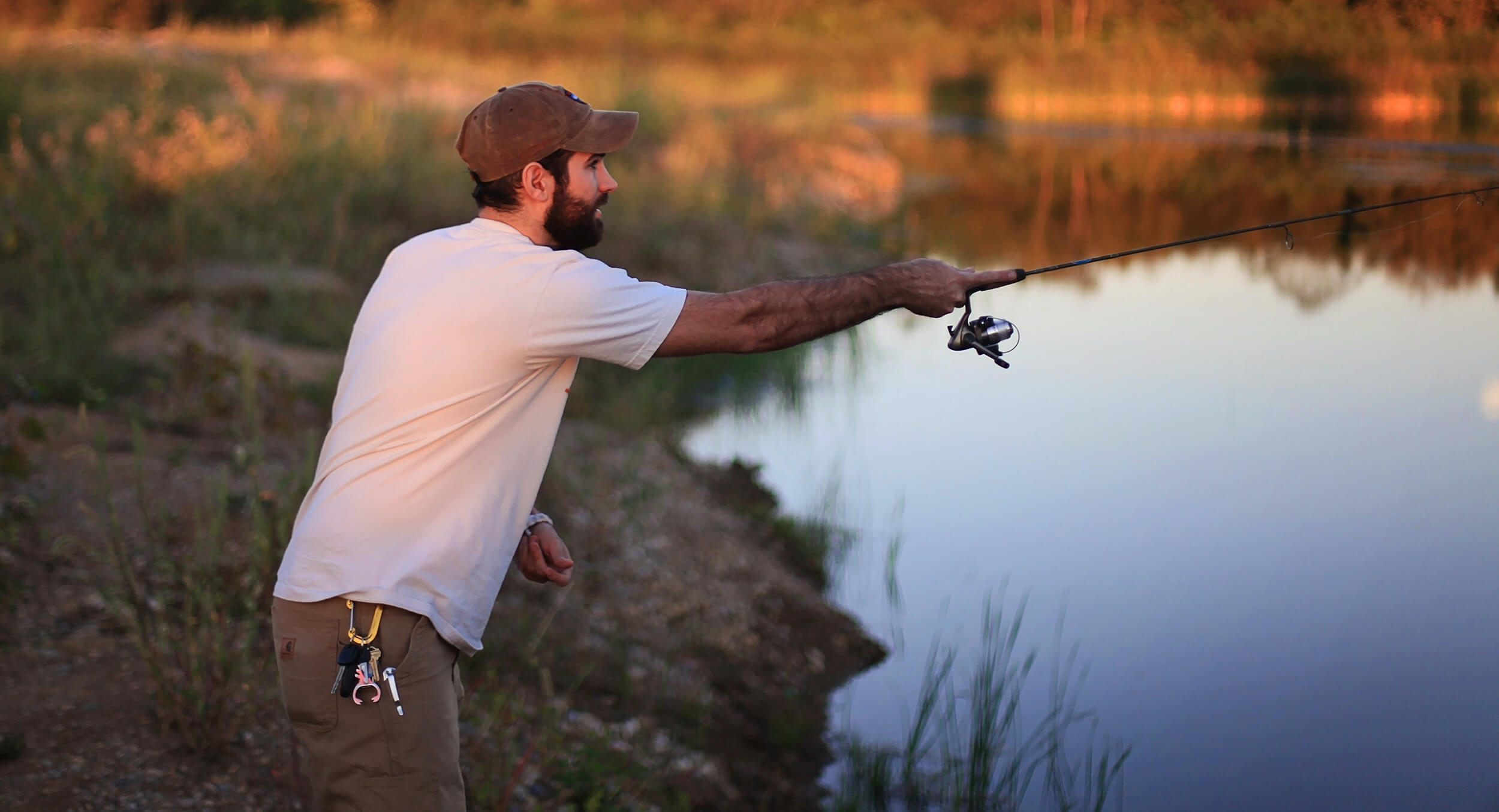
Twitching can catch almost any predatory fish that lives in our waters. The benefits of this technique include:
- All-seasonality . This technique can be successfully applied throughout the open water season, but it is most effective in the summer on sluggish pike.
- Versatility . Fishing is possible both in stagnant water and downstream (in the second case, heavier baits are used) at any horizon: from the bottom layer to the surface.
- Wide range of lures . The main baits are wobblers of the minnow class, but in practice you can twitch with almost any model, even bladeless ones. Moreover: with a sufficient level of skill, you can jerk even a weakly loaded silicone or a spinner.
- High performance . Twitching is ideal for attracting a predator of any degree of activity: even the most passive pike or deep-seated humpback perch will not remain indifferent to it.
- A test of skill . As mentioned above, twitching fishing requires certain spinning skills. The fisherman, as a rule, does not see the nuances of the behavior of the bait in the water, therefore he relies only on his own feelings. But this makes it even more interesting: this is an honest competition with a large fish, and not only relying on luck and high-quality equipment.
Among the disadvantages of this method, it is worth mentioning the high cost of catchy wobblers, as well as the high risk of losing expensive rig elements due to hooks.
Spinning equipment
For twitching fishing, a standard spinning rig is used with some nuances. The fact is that in this case the rig should be as comfortable as possible and represent, as it were, an extension of the angler’s hand. All elements are selected in mutual dependence on each other and the fishing conditions. For example, a heavy pike jerk will require a large dough blank. Ideally, the weight of the bait should be less than the upper limit of the test (class, casting), by about a third – then the animation will be of high quality.
So, you will need:
- Blank . In this case, light, short forms with grabbing short handles (preferably made of cork) are appropriate.
- Fishing line . High-quality braiding is optimal. In the pike rig, it is complemented by a metal leader.
- Reel . The classic of the genre is a spinning reel with an average number of gears (5-6) and a drag .
- The bait . For a start, it is better to choose wobblers with expressive own play – it will help brighten up wiring errors. Professionals of twitching catch a predator mainly on lures with little or no animation of their own – this way it is easier to transfer the smallest movements of the rod to the wobbler.
Optimal rod
As mentioned above, in this case, lightweight rods are used. The optimal length is 1.8-2.1 m for a boat, 2.1-2.4 m for fishing from the shore. Casting blank with trigger handle in alliance with a baitcasting reel can be used. The rod test depends on the weight of the bait, and the range of values is set by the manufacturer, you just need to read the markings.
Another important characteristic is the shape of the blank . In this case, it is important that not the entire rod works up to the handle, but only its upper part, maximum – the middle. For aggressive twitching, fast and ultra-fast action forms are used – they are able to set a high speed to the bait. However, for a start, it is better to opt for a medium-fast action blank, which provides a softer feed with sufficient tackle sensitivity.
But the most important characteristic of the optimal form is the comfort of its use . A big load falls on the angler’s hand, and it is problematic to wave a heavy, uncomfortable blank even for a couple of hours. If possible, take a rod made of carbon fiber or a composite of a well-known brand: with a minimum weight, it will be characterized by sufficient reliability and sensitivity.
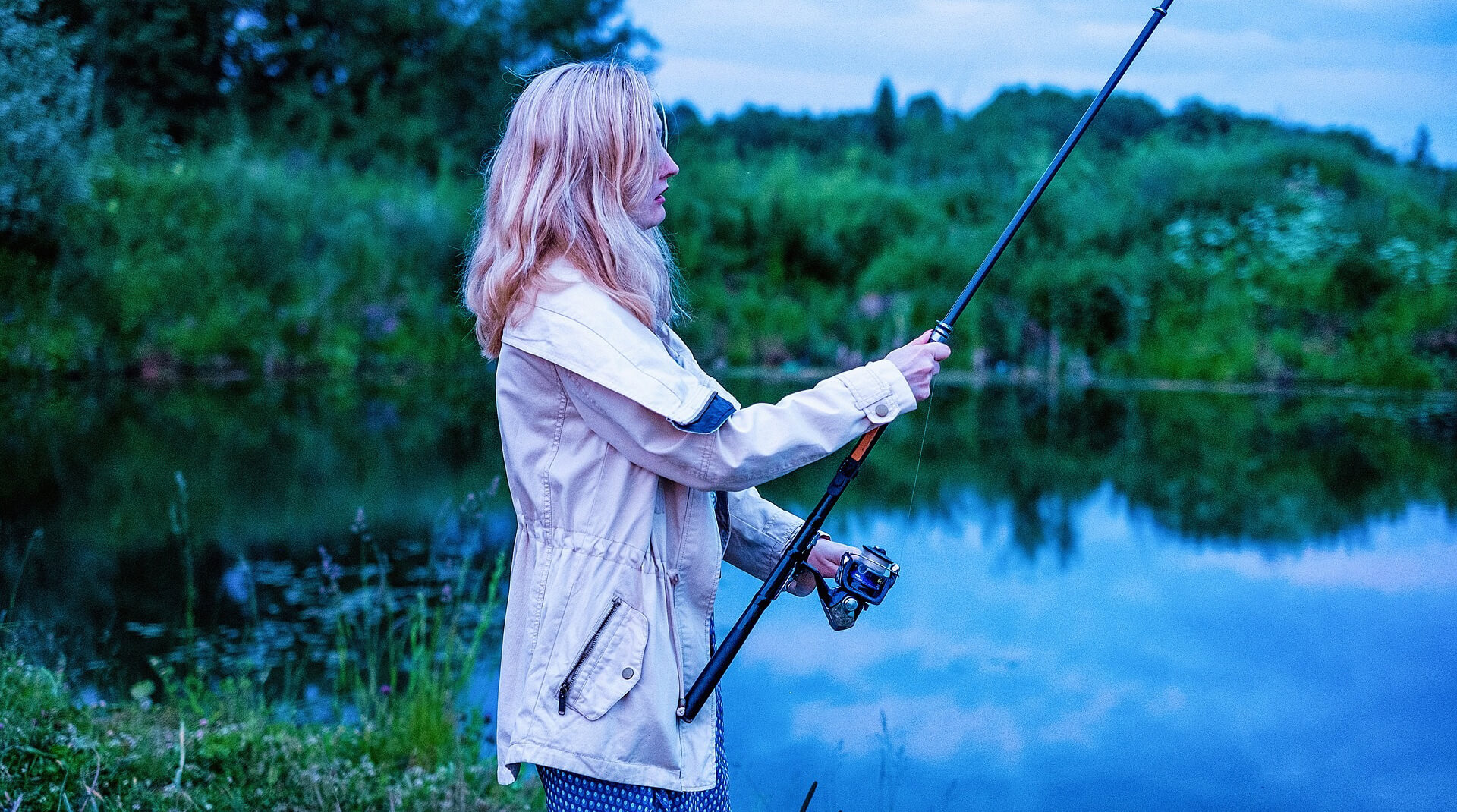
Reel
Twitching is a very active way of fishing, involving constant manipulation of the blank and reeling of the line. This means that the reel must be:
- as easy as possible,
- reliable,
- with high-quality laying of the fishing line.
The best option in this case is a spinning reel that provides sufficient casting distance with minimal effort. It is better to choose a model from a trusted manufacturer with a capacity of 2000-3000 with a gear ratio of 5-6. The gear ratio can be large, but this will significantly increase the cost of the model.
The main thing to pay attention to is the quality of the line laying: the winding should in no case be chaotic. Otherwise, in the process of fishing, beards will inevitably arise and the line falls off the spool. In this regard, experienced anglers recommend winding the line on cheap reels not to the side of the spool , as is optimal for expensive models, but leaving a distance of five millimeters. But again, it is better not to skimp and choose a reel from Shimano, Daiwa, Mikado or another manufacturer of a similar level. The main thing is the presence of a clutch and protection against self-dumping of the line.
Baitcasting reels are miniature winches and are more commonly used for trolling and sometimes jigging . For twitching, you can also use multipliers, but there is no particular need for this. Is the game worth the candle? The multiplier weighs decently, is very expensive, ideally requires the use of a casting rod. For a beginner, this option is definitely not suitable.
Fishing line
A true angler always counts on catching an enviable specimen, but it is unlikely that a beginner should weigh down the equipment in the hope that the bait will receive the attention of a fifteen-kilogram pike. Therefore, a braided cord with a breaking load of about 10 kg is used as the main line . This is quite enough for playing quite decent specimens. In general, the cord should be tough, but as thin as possible – it has little resistance in water, which has a positive effect on the quality of the wiring.
Why braid instead of monofilament? The cord does not stretch in water and exhibits twice the tensile strength at the same thickness. If at close distances it is still permissible to use a monofilament, then at long distances it behaves badly, reducing the sensitivity of the tackle.
It remains an open question whether to use a leash . In most cases, twitching lures are used to catch a predator without a leash, by thrusting the wobbler directly onto the cord or through the winding ring. There is no special need to use a swivel – the wobbler rarely twists the rig.
The only exception to this rule is pike, which can eat the highest quality braid. In this case, it is worth stopping at a ready-made steel leash or making it yourself from a metal guitar string. Fluorocarbon from pike teeth, as a rule, does not withstand. The length of the leash should at least slightly exceed the same parameter of the wobbler.
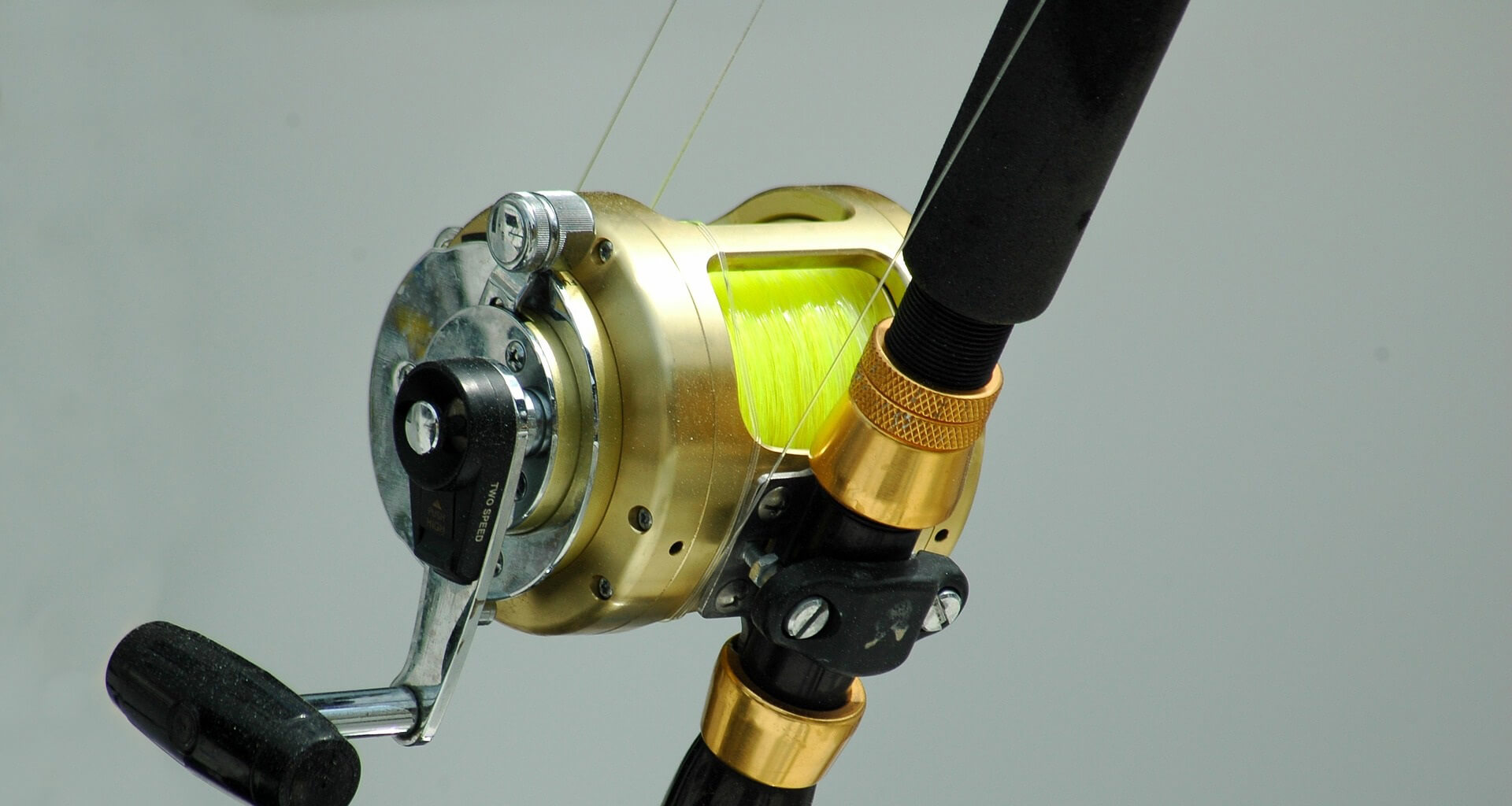
The most catchy baits
The classic twitching is the wobblers of the minnow class, but, as already mentioned, anglers are not limited to them exclusively. However, for a start, it is worth stopping at traditional baits.
So, models with small blades behave best on wiring. However, the spatula is not a decorative, but a structural element that regulates the operation of the wobbler, so the model is selected based on the style of the wiring and the water horizon.
When choosing a bait, the following points should be considered:
- The magnitude . Lures 3-7 cm long are optimal for catching grass perch and chub. But for a pike you need a wobbler with a length of 7-10, or even 15 cm.
- Coloring . An active predator can be caught with lures of bright colors, but such a “rainbow” can alert a passive one – when twitching with long pauses, natural shades are most effective. However, if you are fishing in dark muddy water, you should opt for a good visibility of the wobbler.
- Work horizon . Due to the design and loading features, different wobblers work on a dash at different horizons. Surface models are good in spring, deep-water ones in autumn. When choosing a wobbler, the nature of the bottom must also be taken into account: in the presence of snag and algae, deep fishing can be very effective, but the danger of snagging increases many times.
- Buoyancy . Floating models float on pause, suspenders hang in the water, sinking models sink to the bottom. Suspenders are considered the most versatile.
- The game . For a start, it is better to choose wobblers with their own animation, attracting a predator even on pauses.
Choosing the time and place of fishing
Twitching is productive in any season on open water. You can fish at any time of the day, and for night sessions there are luminous wobblers, to which the pike perch is especially partial. Weather conditions are not too fundamental, but drastic changes can negatively affect the bite. In excessively windy weather, twitching is uncomfortable: casting and wiring is difficult, so there is definitely nothing for a beginner to do on a pond.
An experienced angler can successfully twitch in any body of water, regardless of the depth and strength of the current. However, for a start, it is better to choose quiet river backwaters and reservoirs with stagnant water.
The most promising are the usual sites of the predator:
- curbs and heaps;
- boundaries of areas with variable flow patterns;
- water areas under steep steep banks;
- thicket lines;
- areas behind the rifts and in front of them;
- places of confluence of tributaries;
- water areas near hydraulic structures;
- clogged and littered bottom.
On a flat bottom, a predator is extremely rare, but twitching it in the most promising places is fraught with the danger of a dead hook. This means that you need to master the technique perfectly and be ready for possible nuances. Whoever does not risk, he does not catch a trophy pike!
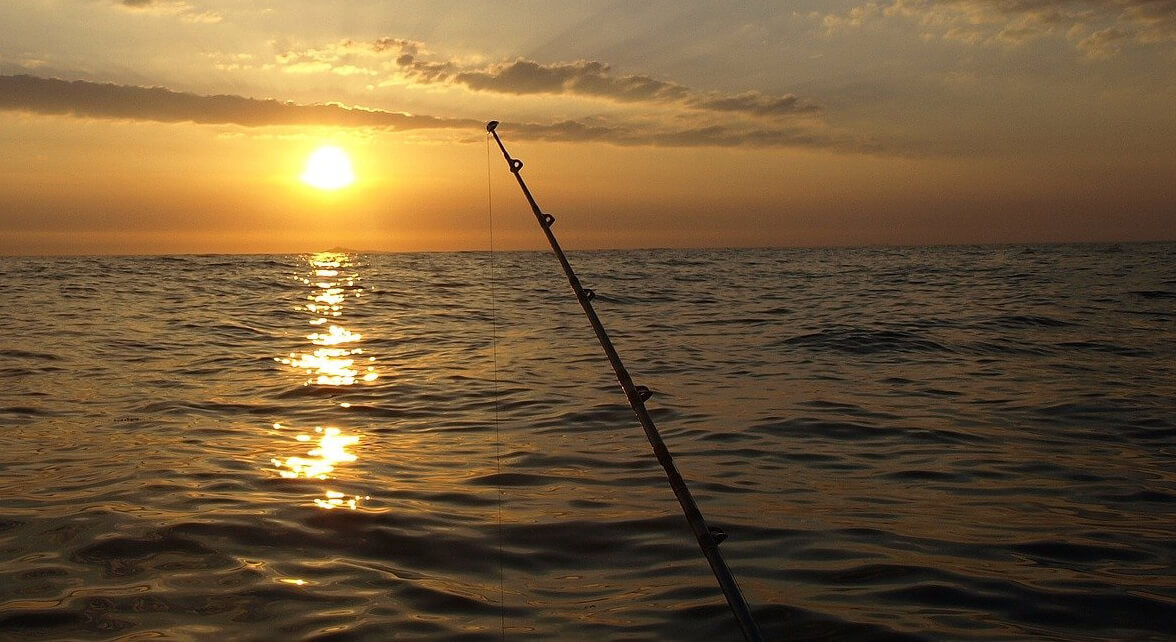
Twitching technique
To begin with, you should master the basic wiring, which is optimal for minnow class wobblers. Its essence lies in the jerking of the rod tip, made to the side, down or in an intermediate position. The jerking cycles alternate with pauses and elimination of the sag in the cord by winding the reel. The blank makes exactly jerks, not smooth broaches – this ensures the correct animation of the wobbler. In the pauses, the line sags, and the bait plays by itself (if it has its own animation), deepens, floats or hangs in the water column.
The loop usually looks like this:
- casting the required range;
- a couple of turns of the coil for placing the bait in the working horizon;
- rhythm: two jerks – a pause – a jerk – another pause, and so on until the bite.
When twitching fishing, both the strength of the jerk and the length of the pause vary. Some models of wobblers are more responsive, responsive to the slightest movement of the blank, to others, you need to apply a sharper movement with a wide amplitude. After the jerk, there must be a mandatory slack in the line. If this does not happen spontaneously, then the weight of the bait and the characteristics of the blank do not correspond to each other or to the fishing conditions (wind or current).
The duration of the pause can vary in the broadest range, from 2-3 seconds to half a minute or more. Usually, long pauses are more effective for an inactive predator, while during gluttony – small pauses, in a few seconds. Sometimes practically continuous jerks with simultaneous reeling are also used, but this is already the lot of professionals.
Harnesses for various types of predators
Twitching can be used to catch any predator, but this method is most effective when hunting for perch and pike. However, the wiring style differs depending on the type of fish, as well as the season and local conditions (weather, current pattern, etc.).
When fishing for grass perch, monotonous twitching is most advisable. Wobblers of the minnow class work perfectly on it: they slowly move forward, making sharp turns from side to side. The wiring is done as follows:
- The cast is made to the most promising place.
- The slack is selected by winding the cord with a couple of turns of the reel.
- Jerk movements are made with the tip of the blank from side to side or from top to bottom with an amplitude of about 40 cm.
- Continuous winding of the reel follows to eliminate slack.
When hunting for passive perch, it is better to alternate jerks with pauses of varying duration. If a solid humpback is a potential prey, the bait is carried out at a greater depth.
Pike rigs must include a special wobbler mounted on a metal leash. At the same time, chaotic wiring shows itself well: after a series of jerks of increasing intensity, there is a short pause, then the movements are repeated. When catching a passive predator, they tweak with noticeable pauses lasting 10 seconds or more. The toothy mistress of reservoirs reacts well to suspenders hanging in the water on a pause.
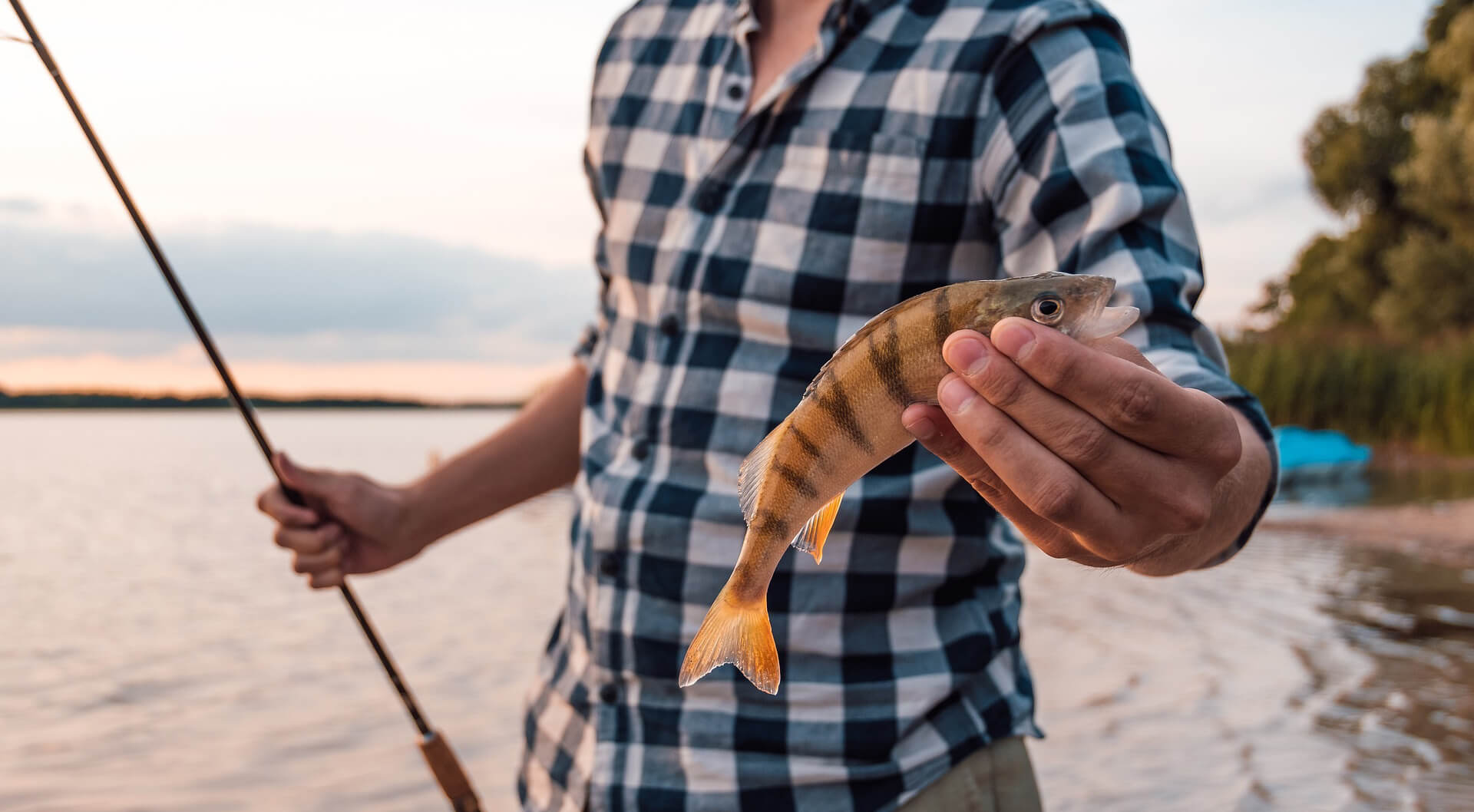
Experienced spinning tips
No amount of theoretical advice can replace practical experience, but sometimes they help to successfully get the coveted trophy and not lose expensive equipment. Therefore, by tradition, at the end of our publication, let me bring to your attention a few tips from experienced spinningists:
- Don’t get hung up on the familiar . Even the same wobbler behaves differently in different conditions. For twitching in a strong current and with wind, it is advisable to use heavier lures with less wind.
- Don’t lose contact with the bait . On a pause, which is an obligatory element of hunting for a passive predator, contact with the wobbler is practically lost. You can try to maintain control by winding the line very slowly.
- Control the laying of the line . Fishing with twitching provides for the most even and dense laying of the line, so the spool must be inspected before each cast.
- Get ready for hooks . Catching wobblers from reputable manufacturers are very expensive, so it’s a shame to lose them. Therefore, it is necessary to sensitively distinguish a bite from a toe, so that a sharp sweep does not aggravate the situation. Therefore, when fishing in difficult conditions, it is rational to use a cord with a high breaking load and special tees that unbend under significant force. When fishing from a boat, a detach should be included in the equipment.
Twitching is a difficult way of spinning fishing, but you shouldn’t spare time and effort to master it. Surely you will be rewarded with a rich catch!

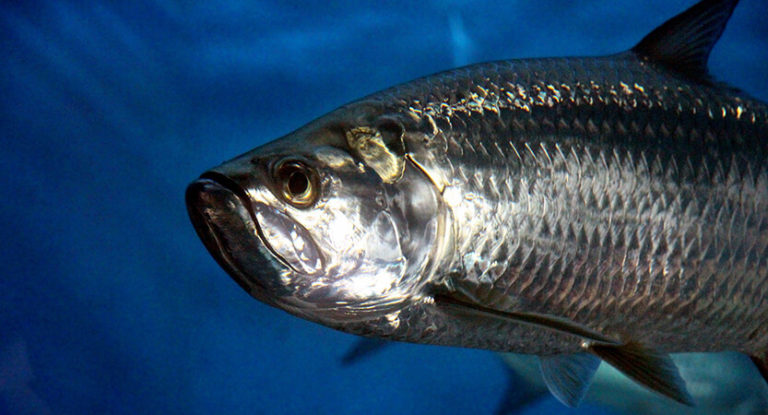
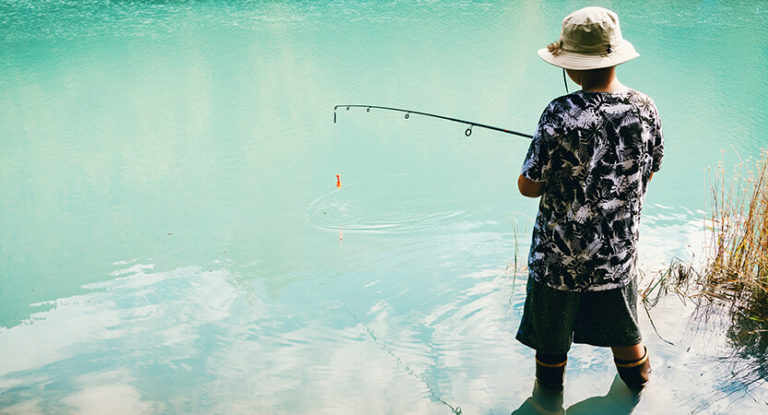
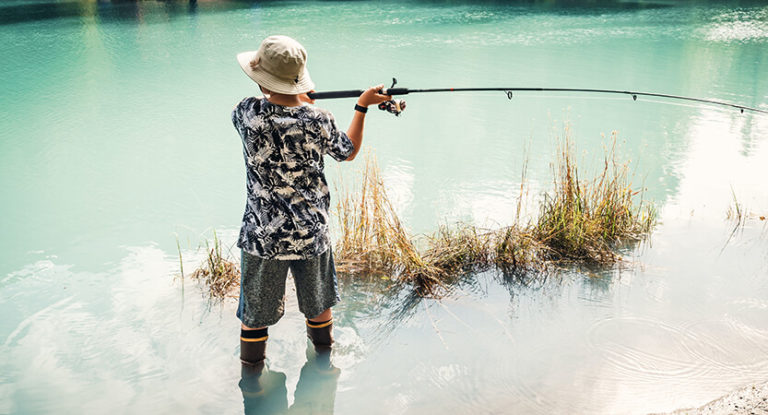

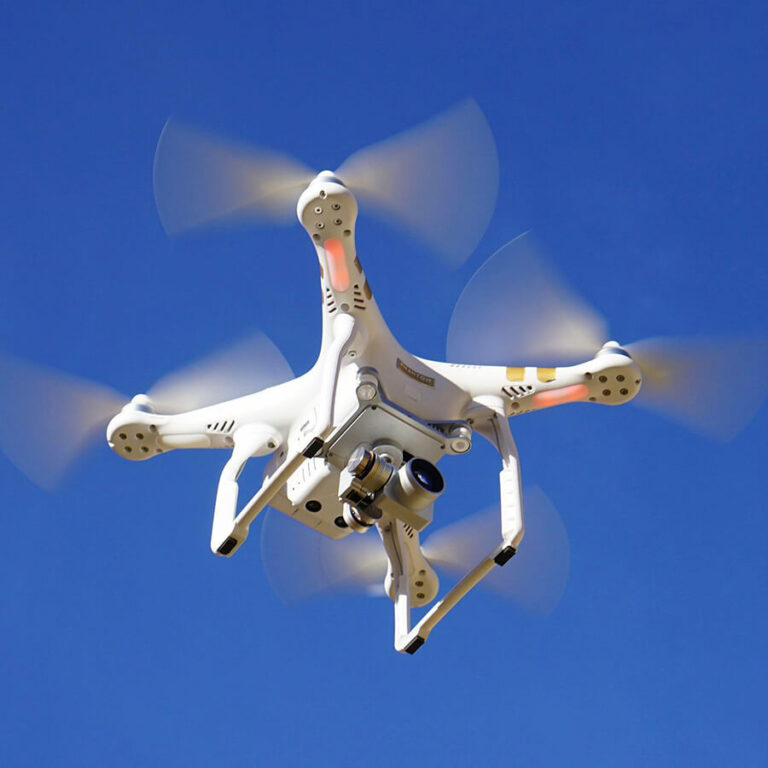
![The 7 Best Spinning Reels in 2023 [Buying Guides] 24 The 7 Best Spinning Reels in 2023 [Buying Guides]](https://trizily.com/wp-content/uploads/2021/12/033-768x415.jpg)